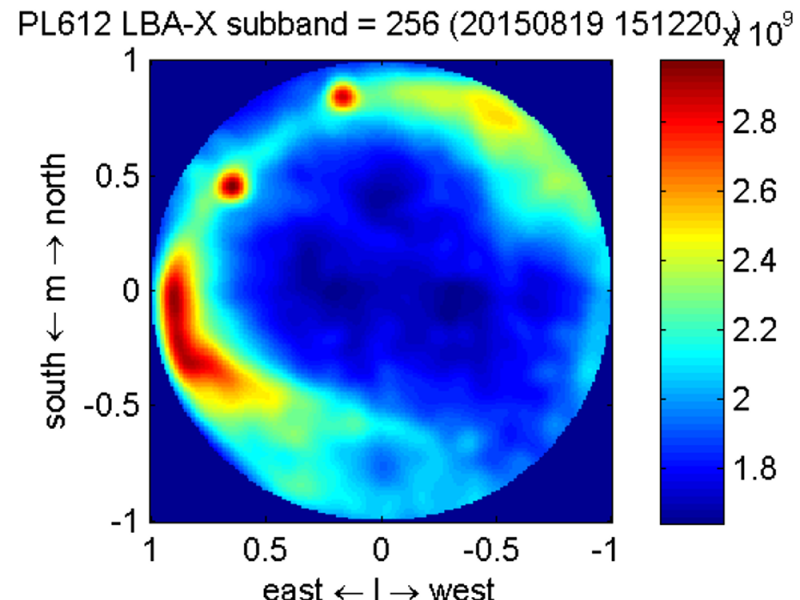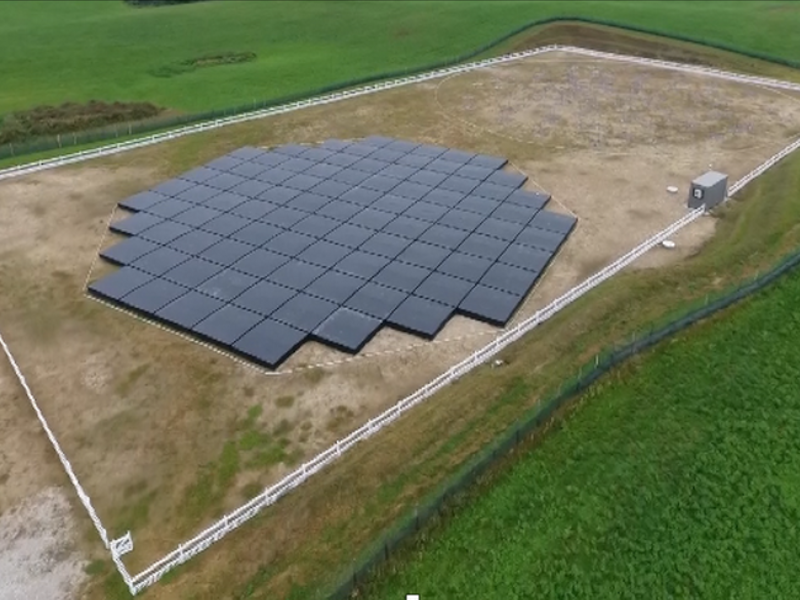For over a decade, radio wave observation techniques have been entering a completely new instrumental domain, where massive telescope dishes are being replaced by large numbers of small, interconnected, and relatively simple antennas. In this approach, digital information technologies and high-speed Internet networks play a key role.
A prime example of such an instrument is LOFAR (LOw Frequency ARray)—currently the world’s largest radio telescope system, with stations located across Europe (including the Netherlands, Germany, Poland, and Sweden). LOFAR utilizes the principle of radio wave interference to observe radio sources and investigate the physical phenomena occurring within them. Observations are carried out at low frequencies (10–240 MHz), covering a previously unexplored portion of the radio spectrum. The system currently consists of 52 stations interconnected via ultra-fast Internet links. Each LOFAR station includes two types of antenna fields: Low-Band Antennas (LBA) operating in the 30–90 MHz range, and High-Band Antennas (HBA) operating between 110–240 MHz.
The concept and initiative behind LOFAR originated in the 1990s from the community of radio astronomers affiliated with the ASTRON institute in the Netherlands. Of the 52 stations currently operational, 38 are located in the Netherlands, while the remaining 14 are distributed across Germany (6), Poland (3), Sweden (1), the United Kingdom (1), France (1), Ireland (1), and Latvia (1). Plans are underway to add two new stations in Italy and Bulgaria by 2025–2026, with further expansion interest expressed by Spain, the Czech Republic, Belgium, and Ukraine.
The continental-scale distribution of LOFAR stations is crucial, as it allows for observations of cosmic objects with exceptionally high angular resolution. In total, the system comprises over 100,000 dipole antennas equipped with receiver systems. By precisely adjusting the signal delays (phases), the array can function as a single, highly directional telescope, or it can simultaneously observe multiple targets located in different parts of the sky above the horizon.
LOFAR is often referred to as a digital telescope, as its computing infrastructure and software play a central role in the processing of astrophysical data.
The collected data have already contributed to groundbreaking discoveries. In 2021, following years of collaborative work by scientists from all stations, the team produced the most detailed and extensive radio map of the Universe to date. This map includes over 4.4 million objects, approximately one million of which were previously unknown. The observations led to the detection of tens of thousands of galaxies similar to our Milky Way, located even at the far edges of the observable Universe.





